Be on the lookout for the symptoms of metachromatic leukodystrophy (MLD)
Be on the lookout for the symptoms of metachromatic leukodystrophy (MLD)
Symptoms can be hard to identify and can progress rapidly

Below are some symptoms you may see based on the age of MLD onset.
Select a subtype of MLD to explore its associated potential symptoms and see how they may appear in a patient affected by MLD.
A child with MLD may have trouble lifting their head upright. You may notice that your child appears to have lost control of their head.

You may notice your child having difficulty going from crawling to standing or showing instability when it comes to balance. This is associated with a condition called ataxia. They may have frequent falls, walk unsteadily, and/or sometimes lose their balance.

Children may experience tremors or shaking in their hands or feet. Keep an eye on any slight tremors or shaking that occurs.

An eye condition called nystagmus is a symptom associated with MLD. This is when your child displays involuntary eye movements, such as their eyes moving back and forth or up and down.
This could happen for a period of time and then disappear, but even if it’s brief, it’s still abnormal and can be an early sign of MLD.

Children with MLD may appear cross-eyed or have eyes that are misaligned. This can happen overnight, and their eyes may stray towards the right, left, up, or down. This is called strabismus and can happen in one or both eyes.
This could happen for a period of time and then disappear, but even if it’s brief, it’s still abnormal and can be an early sign of MLD.

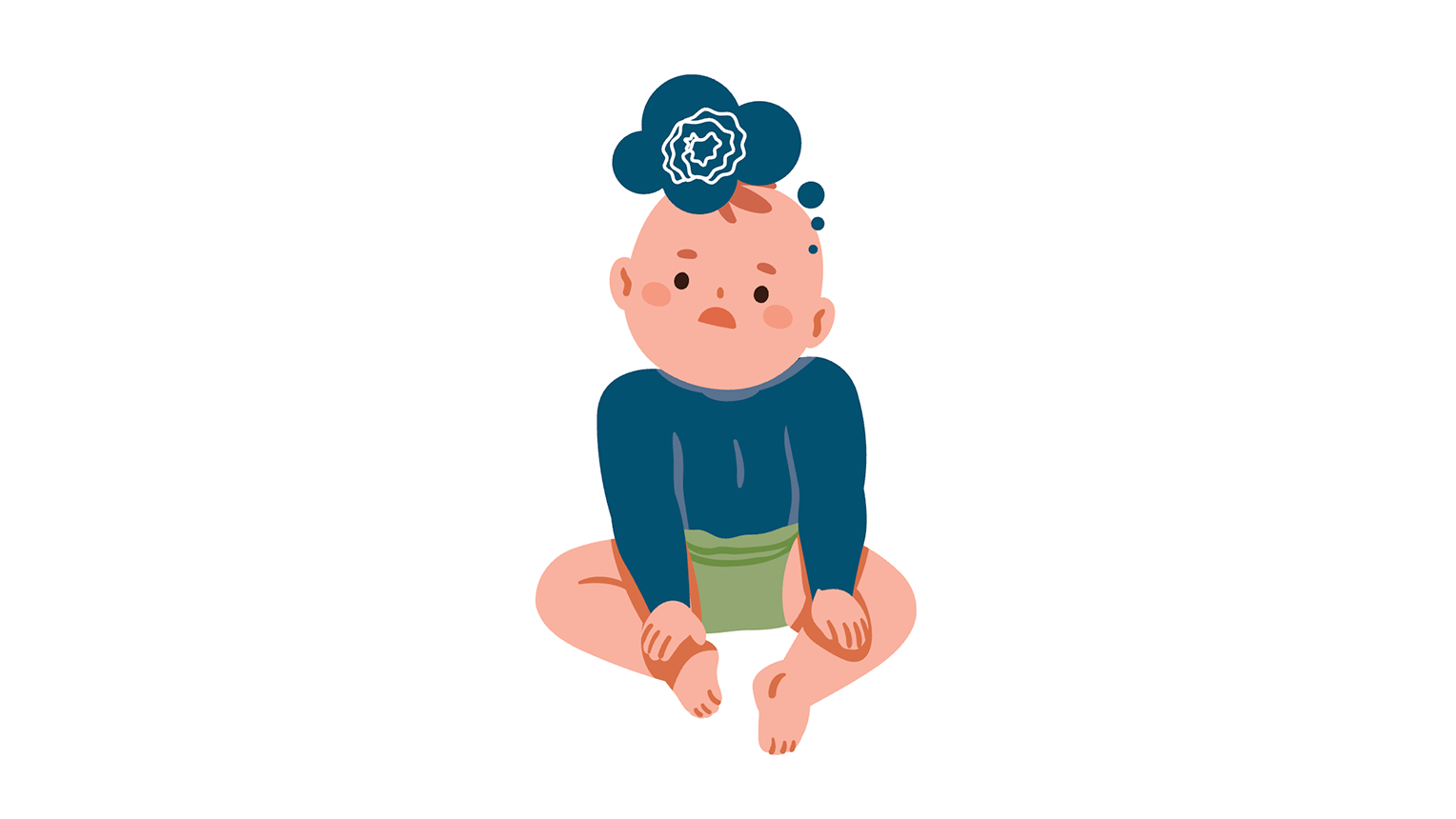
If a child is missing certain expected milestones or is more developmentally delayed than the average child, this could be a sign of MLD. You may notice this if your child is not able to say more than a few words or has regressed, meaning they were able to do something before but no longer can.
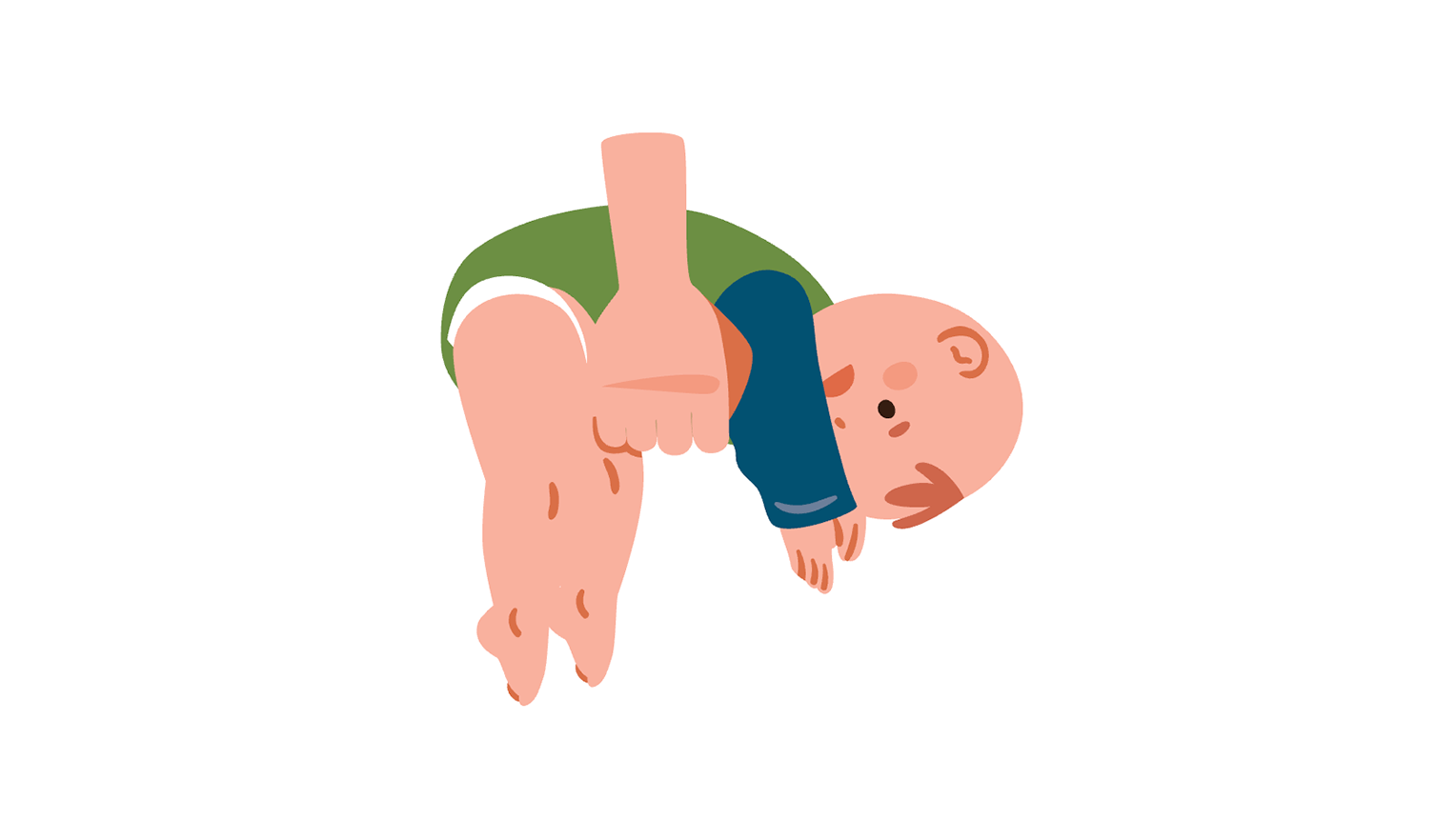
Children with MLD will typically display abnormal movement patterns or instability when it comes to balance. They may have frequent falls associated with a condition called ataxia.


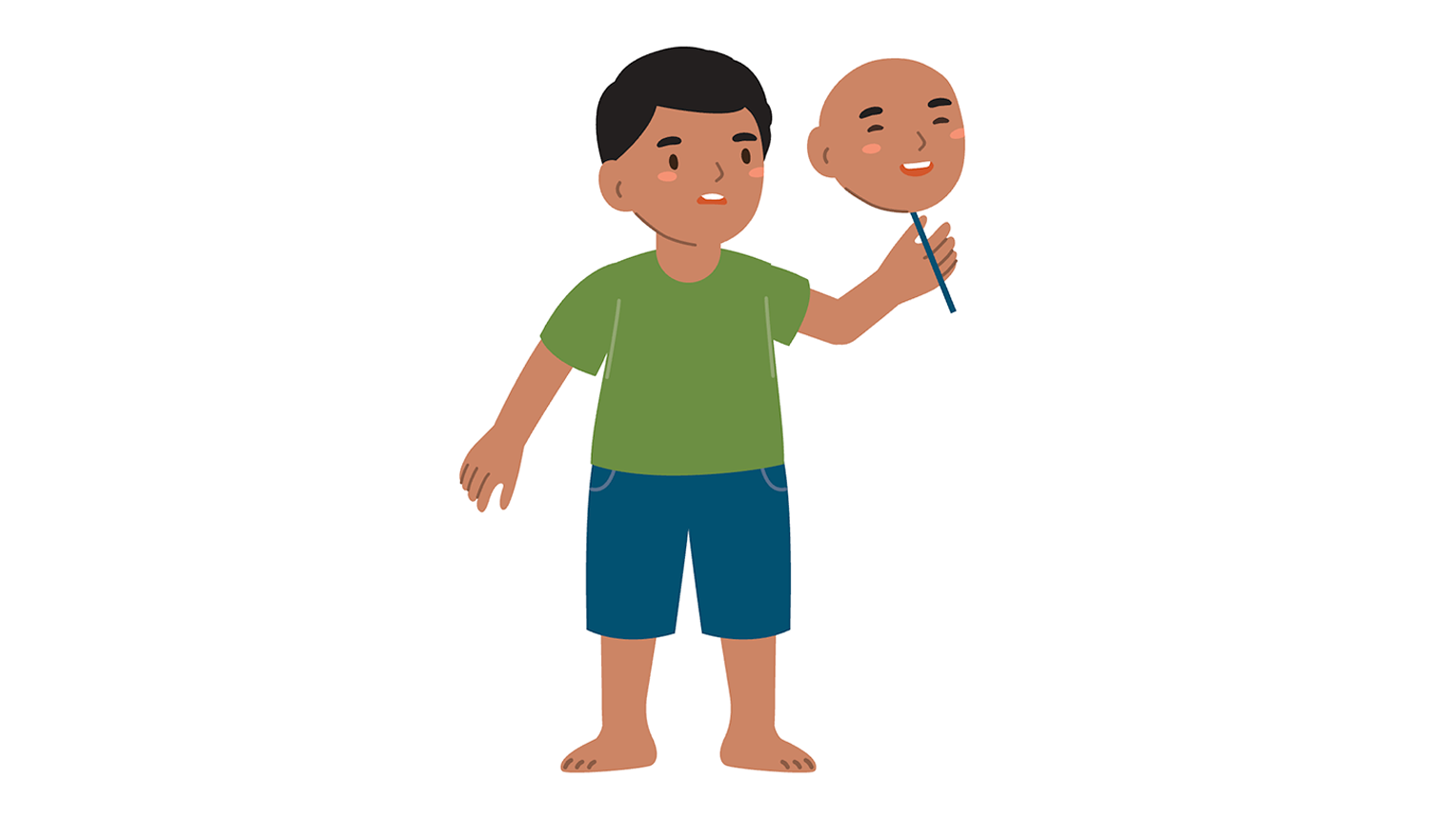
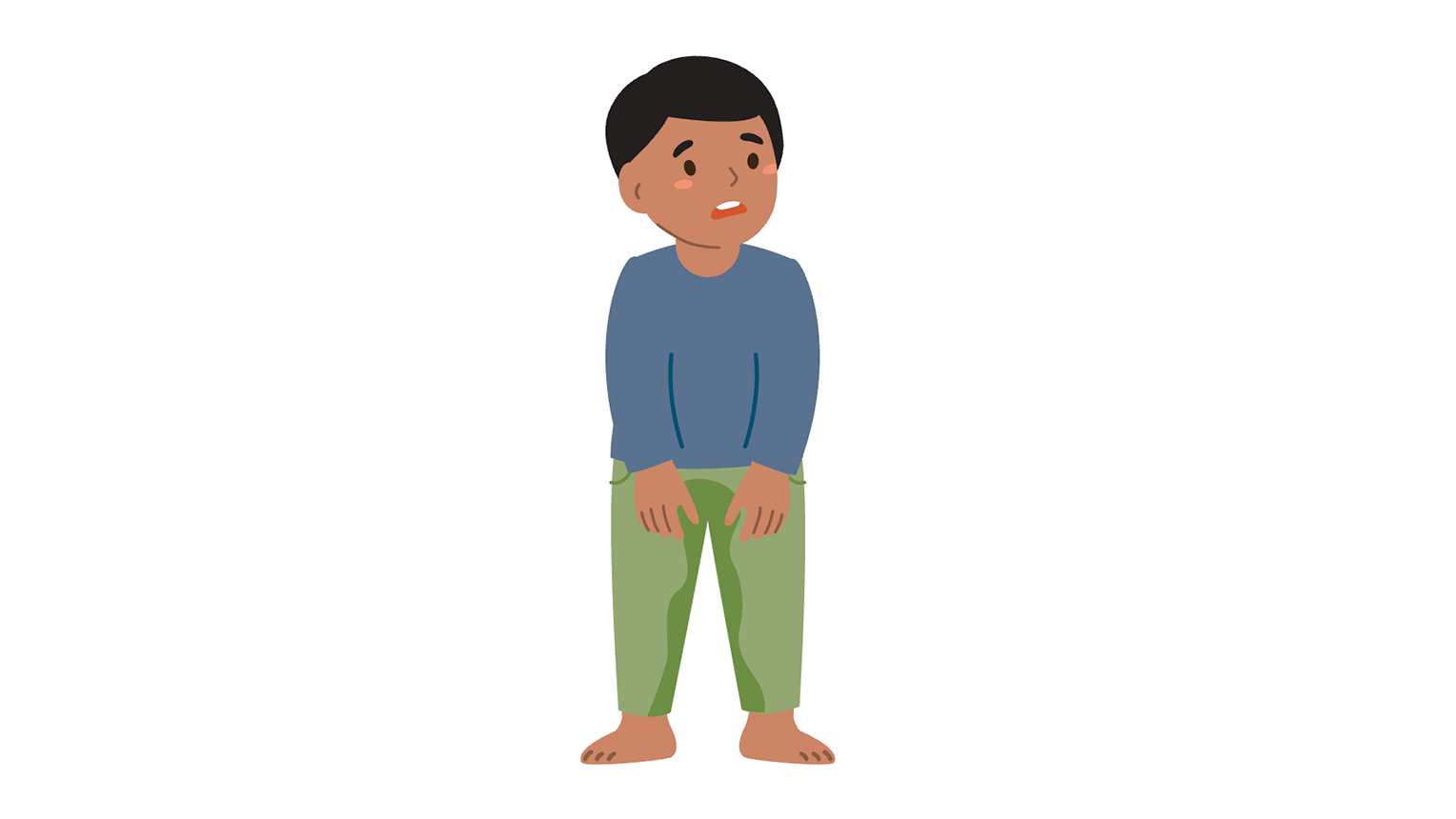
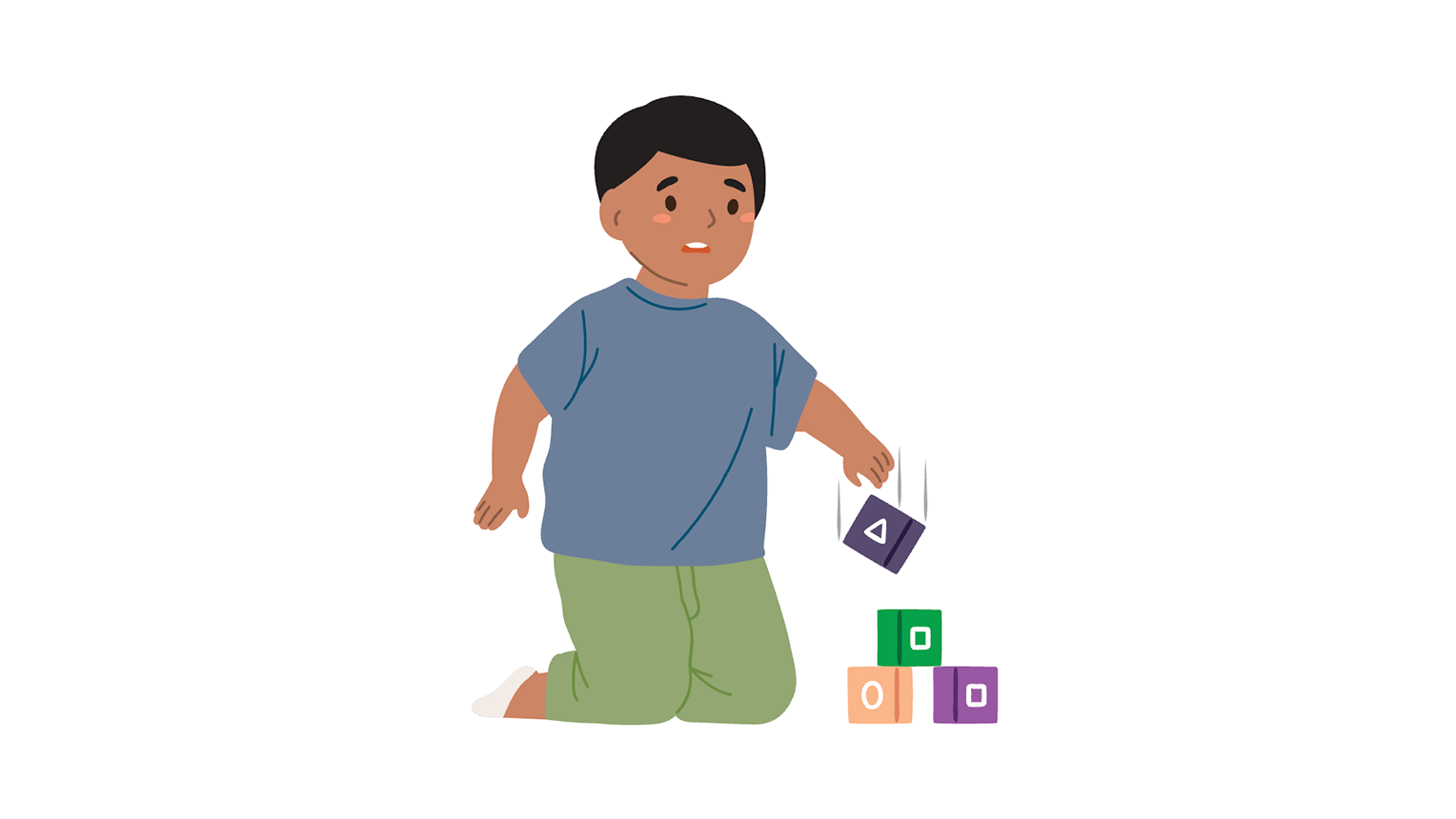

If you see any of the above signs and symptoms or if your child is starting to miss milestones, talk to your doctor about testing for a neurometabolic disorder, such as MLD

